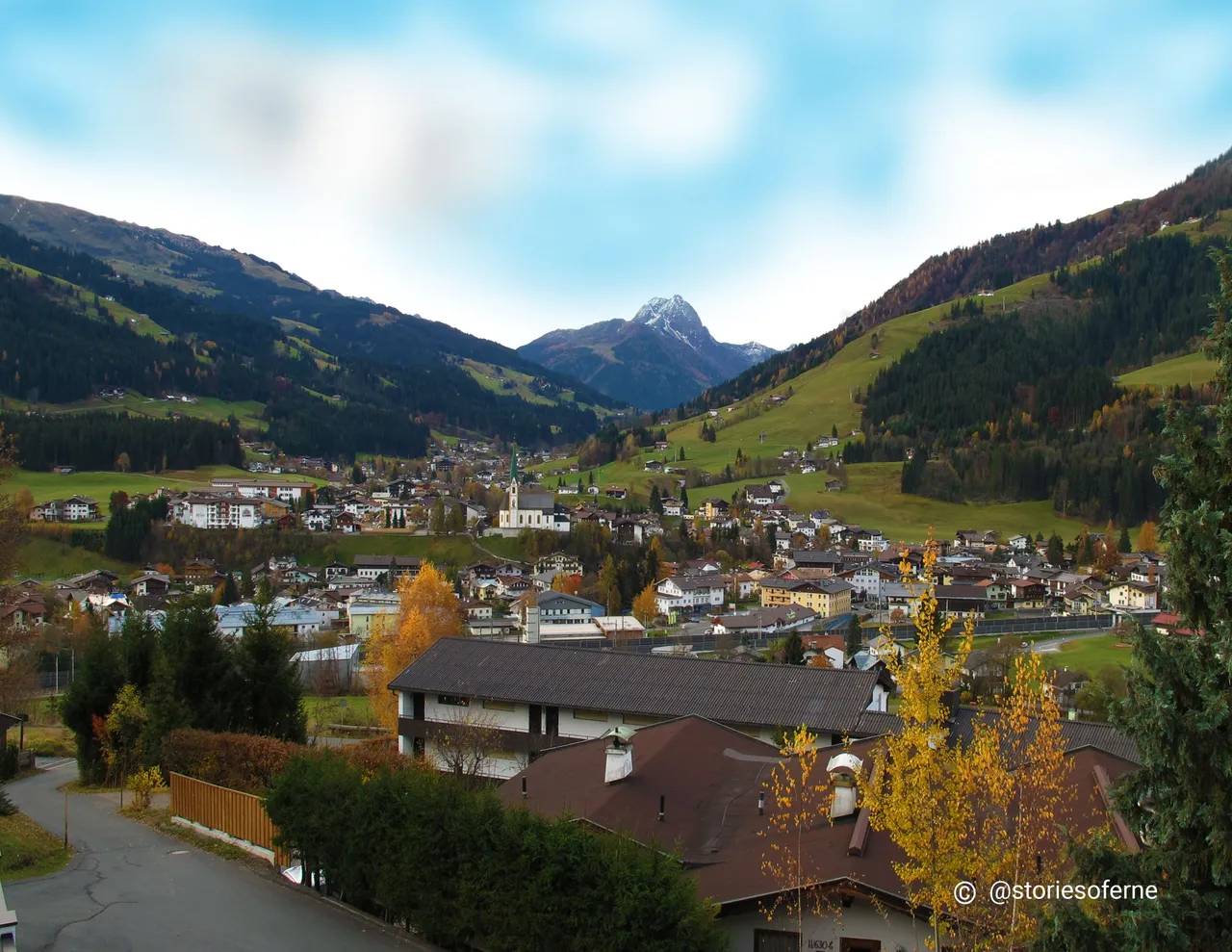
Your Humble Participation
FAQ is fundamentally an acronym that means Frequently Asked Questions. And with the plethora of human disciplines, endeavors, and interests scattered across the globe, each one deals with their respective set of common problems that are in dire need of public scrutiny.
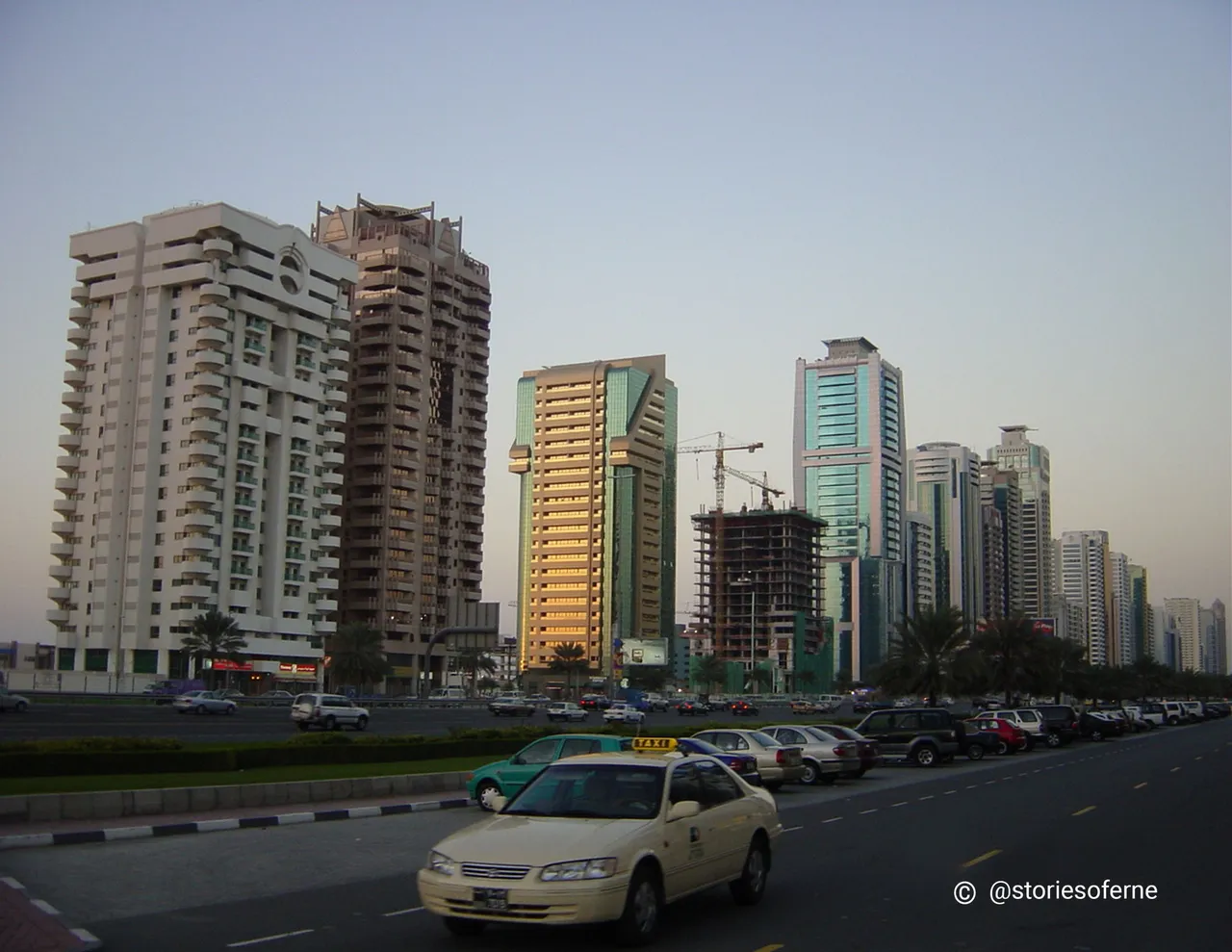
The field of architecture and design is not an exemption. As this discipline is one of the most massive undertakings in the world, there are obviously several crucial questions that demand answers. The list is endless. For starters, let's talk about the foundations first, okay? Otherwise, we could easily get overwhelmed by their complexities.
So, in our never-ending quest of elevating architecture and design with the Hive blockchain, I'm thrilled to invite you, a subscriber/author of the Architecture+Design Community, and a distinguished brother or sister of our Hive family, to willingly engage and be involved in these FAQ publications and conversations about the said topics on the headlines. By harnessing the advantages of the decentralized web, our digital tribe has the collective power to spread awareness through our ideas, our words, and our holistic content. The Internet is in our hands. Let's do our share in making the world a better place by exercising our individual social responsibilities for the greater good. Mother Earth is our home.
Your voice matters.
A Controversial Debate?
I could trigger compelling arguments with this post's core question: "Is architecture beneficial to the environment?" You see, the world consists of billions of people with varying beliefs, ideologies, and backgrounds. Some of us may be influenced by the herd mentality and the dominance of popular culture. But, we are all entitled to our own opinions, aren't we?

Having said that, I'm going to unfold to you my personal perspective. If you align with my thoughts, excellent. But, if you don't agree with my views, feel free to mention your position in the comments below. Treat this publication and its related posts in the future as a platform for wholesome discussions, an open forum to squeeze our logical, creative, and emotional juices. With all due respect, also consider this as a fun interaction. Are you in?
When Architecture becomes Destructive
Visualize this familiar scenario. What does a life-threatening virus do to the human body? That's correct. It operates to destroy living cells and thrives on the decay of survival mechanisms of its host, mercilessly. As a result, the biological infrastructure of its victim stops functioning, leading to its ultimate demise. Sounds scary, right? However, that's already established scientific truth.
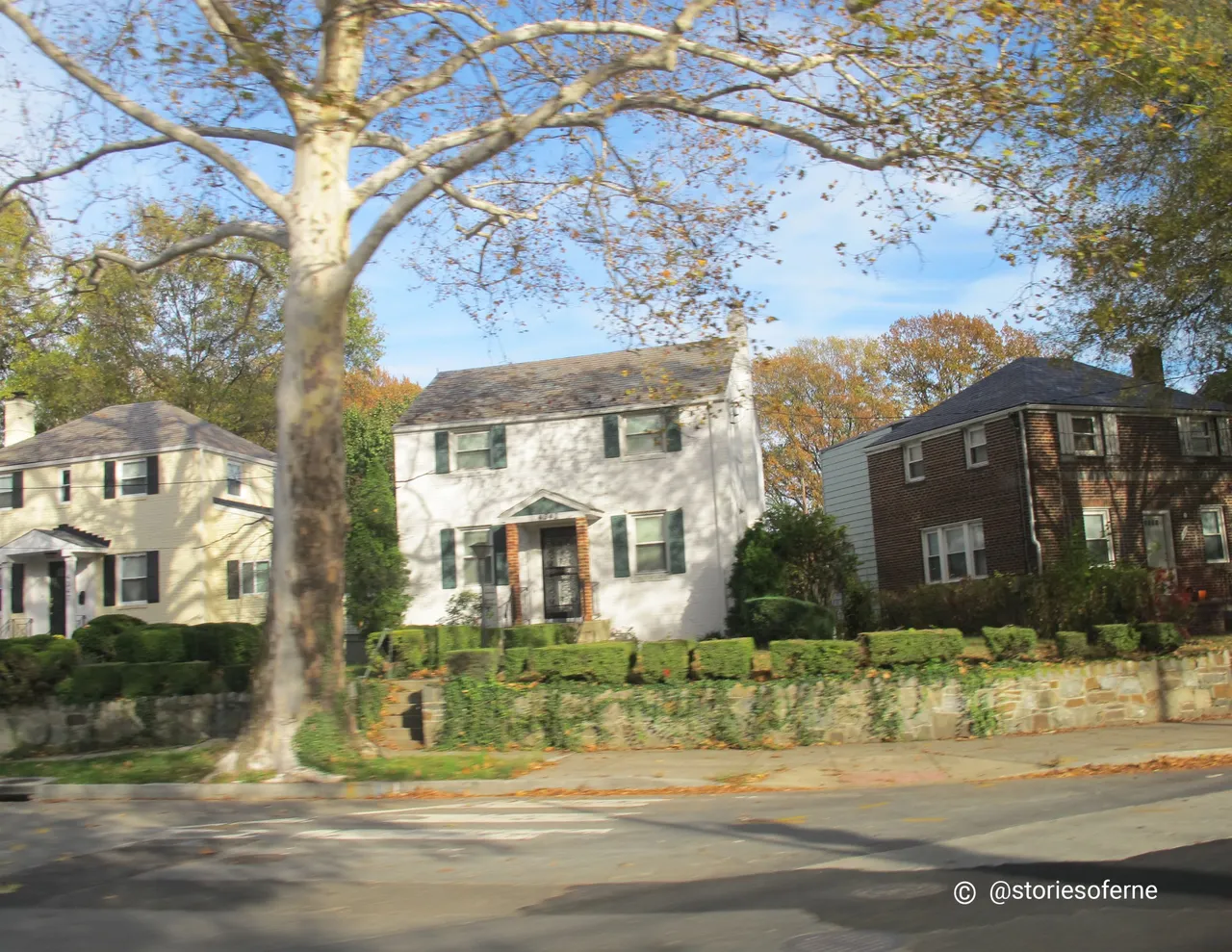
Now, what if the human body was Mother Earth, encompassing all her natural resources, organic components, plus ecological ecosystems? When architecture functions as a deadly virus, it likewise obliterates everything in its path. As soon as buildings, structures, and other man-made spaces mutate into harmful parasites, what would happen to our planet? Similar to a rotting corpse, our environment would simply kiss goodbye to all possibilities for growth. Period.
How could you help?
Ideal Architecture for our Planet
Since our human ancestors began refurbishing natural caves into primary means of shelter and modes of abode, architecture and artificial spaces were officially unleashed. The modest birth of the built environment, as primitive as it was, plainly had a subtle, non-invasive relationship with its ecological surroundings. Global warming was not yet a known terminology during those early beginnings. The Earth was still like an innocent infant, not mindful of the looming catastrophe that was about to endanger its long-term existence.
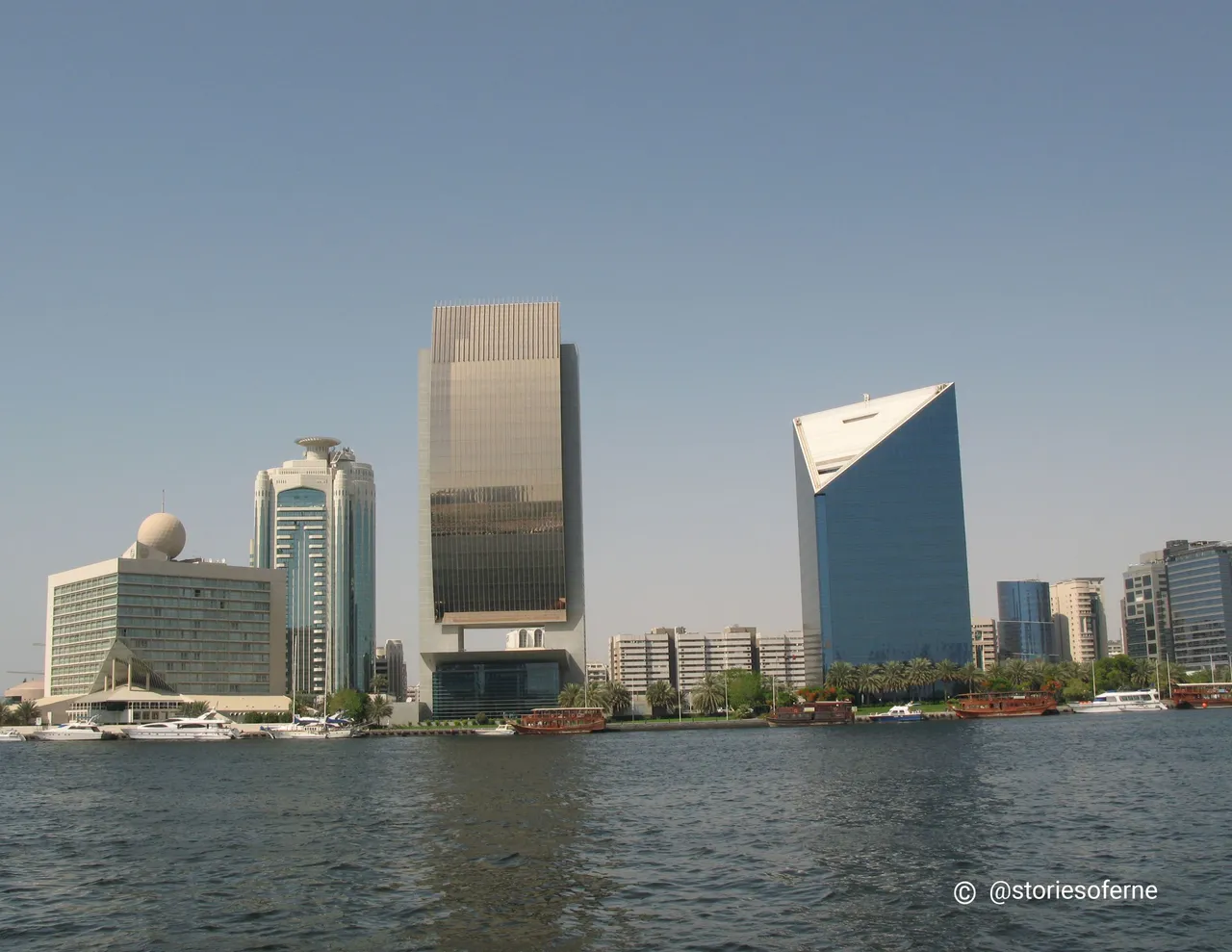
Fast forward to today's modern era, what has occurred? Architecture, over the years, accumulated an enormous environmental footprint, making it one of the world's largest industries to pose a real threat to the planet. In a recent report by the United Nations, we are strictly warned that humanity has only less than a decade to minimize the deteriorating effects of global warming. In fact, architects, designers, and other professionals involved in building projects were also requested to reexamine their entire process. Are you one of these vital individuals? If so, you have a huge responsibility on your shoulders to fulfill.
Instead of being a detrimental parasite, architecture must develop a "Symbiosis" or a "Symbiotic Relationship" with the environment. Meaning to say, our buildings and constructed spaces have a common, close, and extended association with their environmental partner plus are mutually beneficial on the natural surroundings they are dependent on. As a result, sustainability is assured.
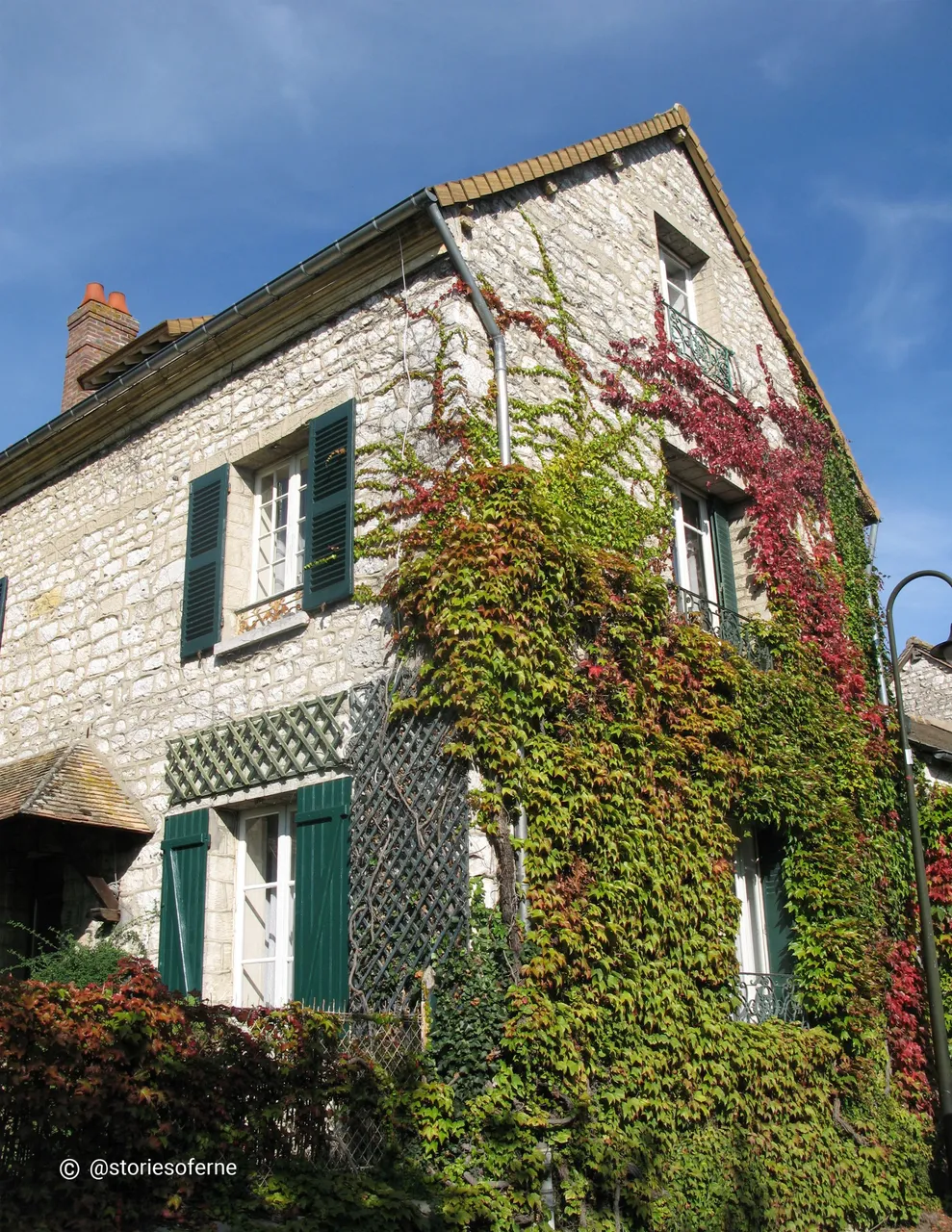
How can you help to prolong these desired characteristics? Here are some actionable methods in architecture that you can fully implement for a much healthier world:
TAKE ADVANTAGE OF BIOMIMICRY. This category of science is a creative approach that derives design inspiration that mimics natural systems such as our ocean's coral reefs. Since this promotes the construction of efficient structures that only use sustainable materials equipped for their longevity, these processes assist in removing carbon from the atmosphere.
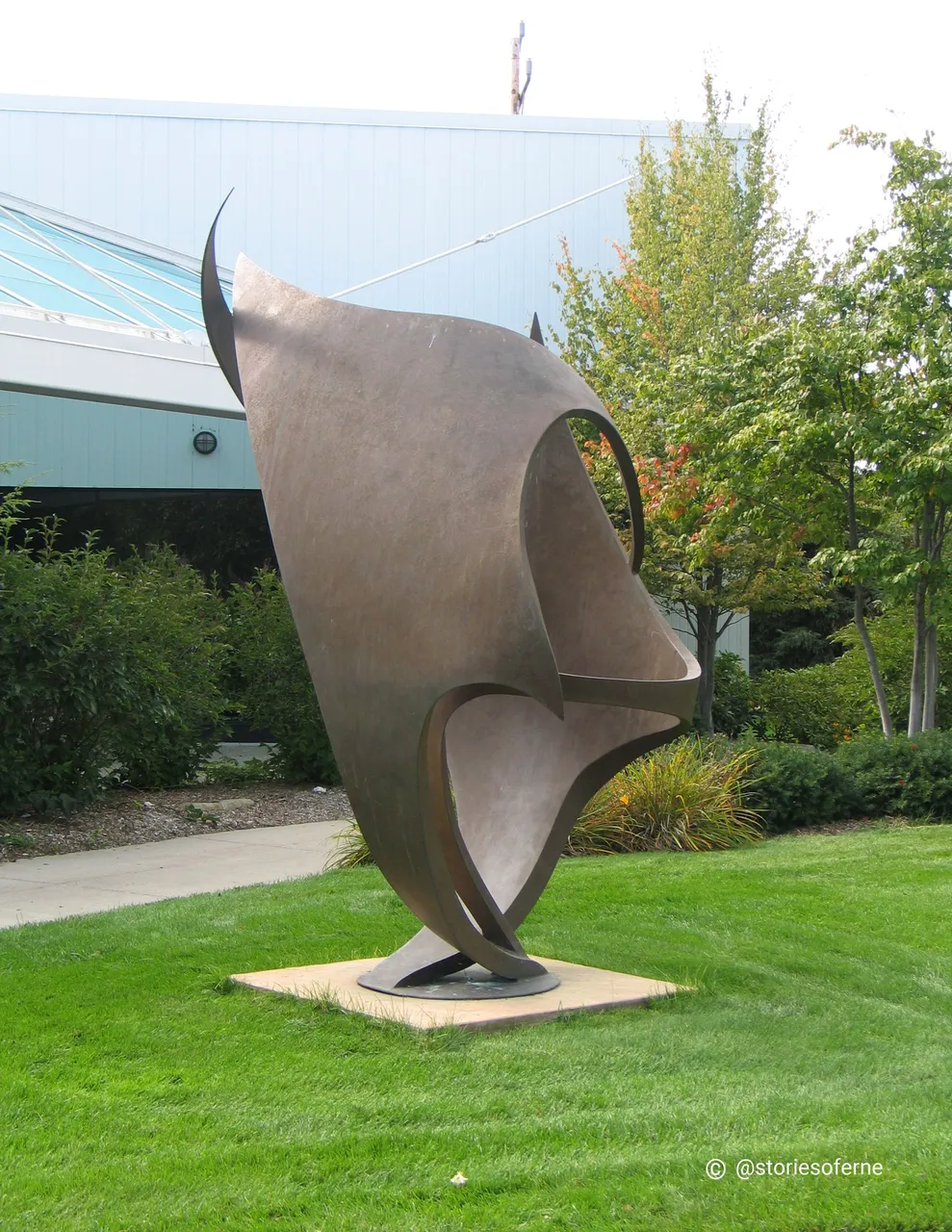
ALLOW FOR UPGRADES. The practicality of retrofitting building components, utility systems, and architectural details is definitely a cost and time-saving feature. The procedure enables you to update as well as enhance the vital statistics of spaces including their energy and thermal conditions for the better. Modularity surely allows the ease of renovation.
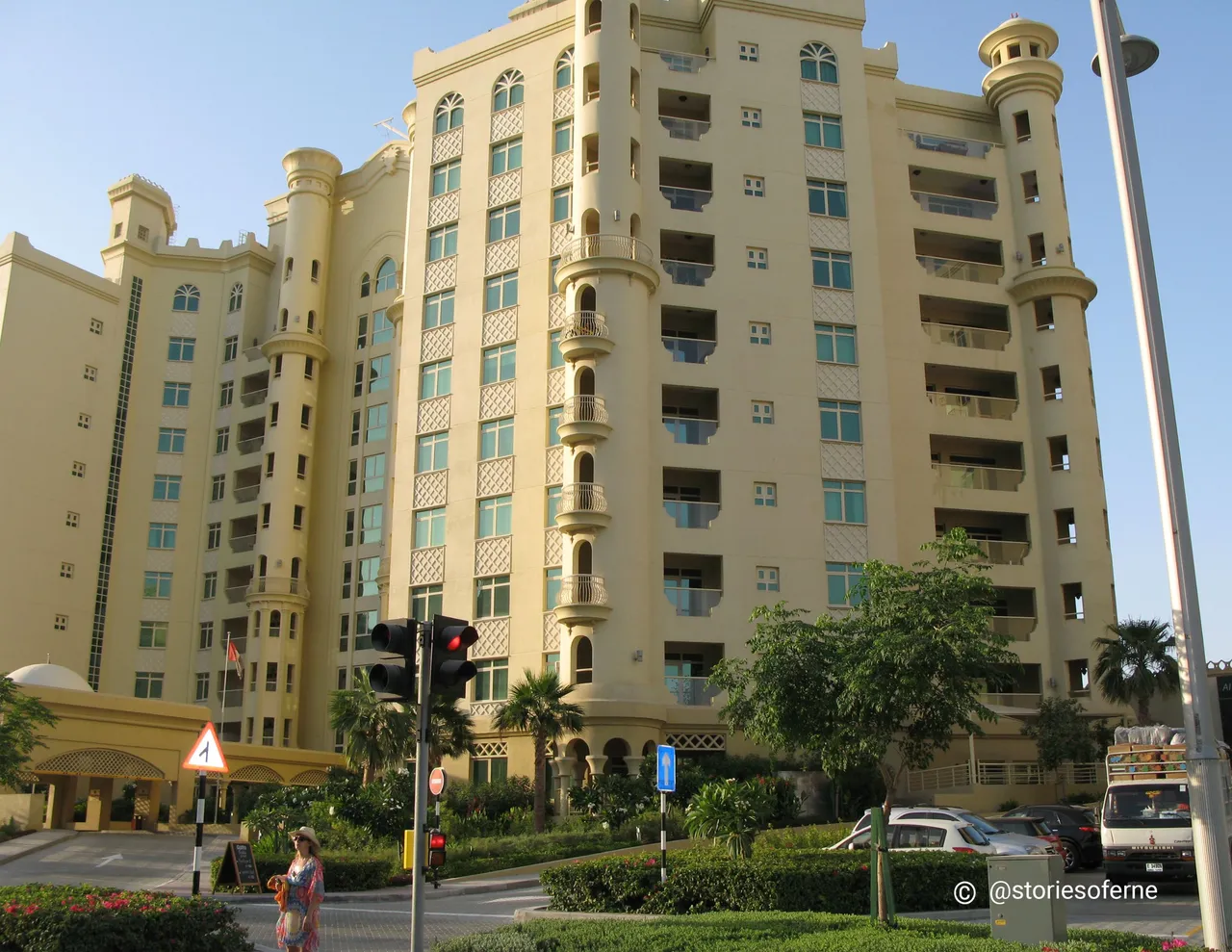
USE NON-INVASIVE TECHNIQUES. The concept is for your buildings, structures, and spaces to prevent the exploitation of people and the planet's natural resources. Architects can help by limiting the damages done to the environment in a way that minimizes the deterioration of sustainable materials. Prevention is always better than a ton of cure.
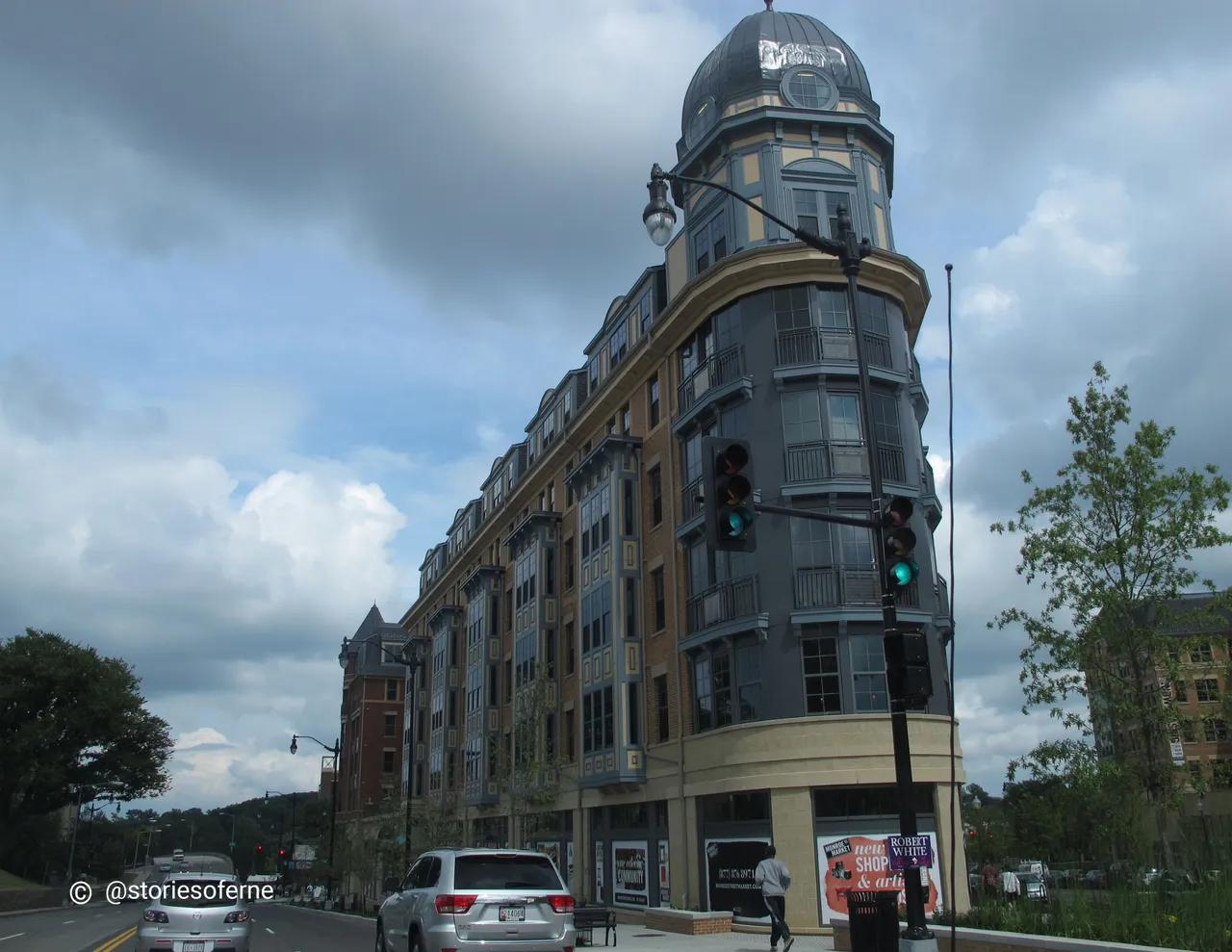
CONSTRUCT WITH WOOD. Timber has constantly been a reliable building material since time immemorial. And its reintroduction into the modern age of construction technology has transformed the natural resource into a sought-after component. The main asset of incorporating wood in your projects is its absorption of large amounts of carbon from the atmosphere.

INTEGRATE PASSIVE DESIGN. This is an interesting architectural method that adjusts your building according to the beneficial orientations of nature in order to achieve favorable temperatures within the interiors. In a way, this concept ensures that the structure's envelopes consisting of the roofs, walls, windows, and floors manage energy well for long-term sustainability.

APPLY REGENERATIVE ARCHITECTURE. This is a smart route for designing spaces with a positive impact on their surroundings. Considered by some as better than sustainable buildings, this specialized niche of architecture targets the reverse-engineering of damages caused by the structure, thereby creating a medium for a more nature-friendly alternative.
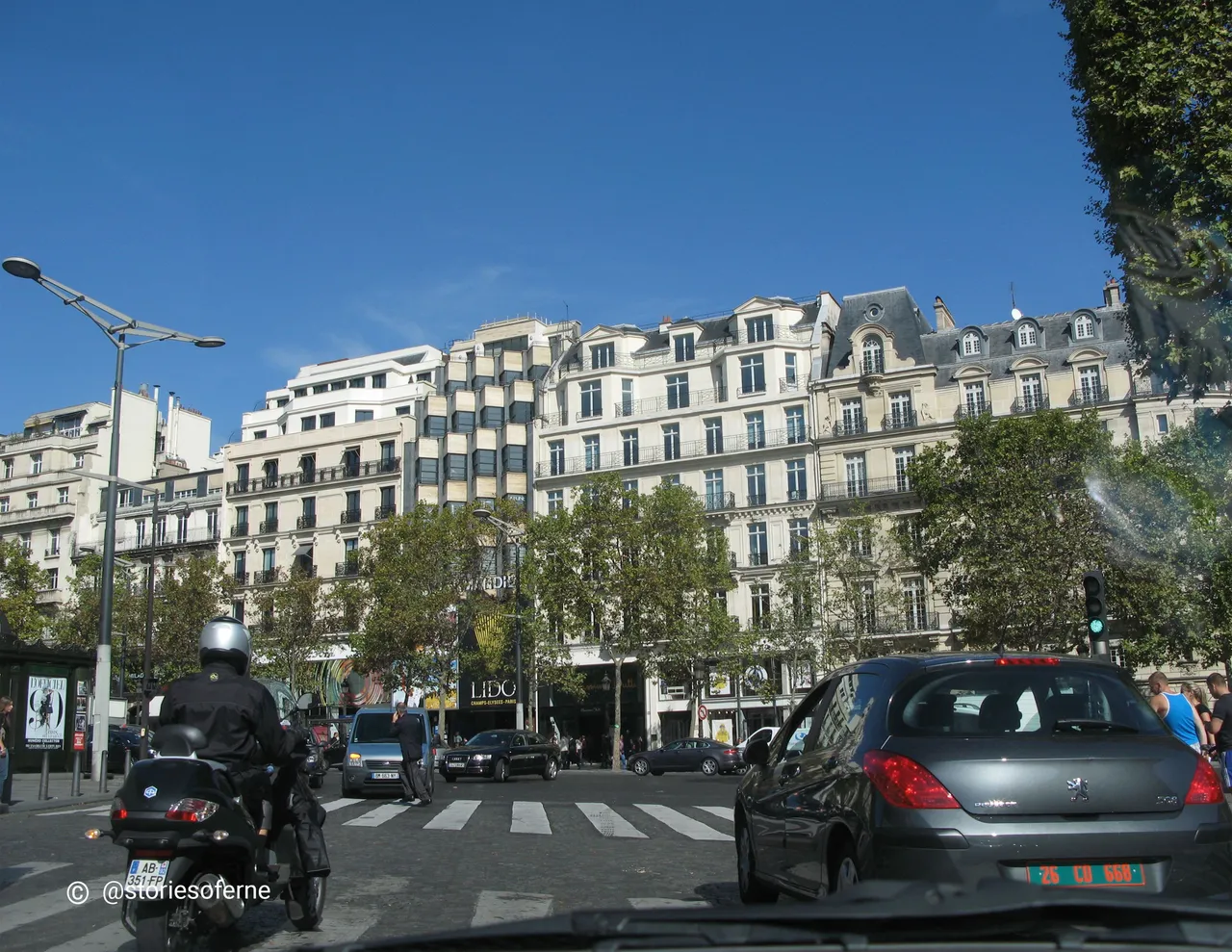
PRACTICE LIFE CYCLE ASSESSMENT. Also termed reversible architecture, this idea deals with the ability to build components to be disassembled as well as recycled at the end of their lifetimes. By utilizing the project's reusable parts, you save on additional expenses and unnecessary labor. People's trash becomes your treasures in the process.

RESTORE NATURAL ECOSYSTEMS. Our planet's natural wealth has been decaying since man neglected its maintenance, development, and replenishment. Society is now contributing to the revival of these natural ecosystems by organizing groups to focus on the Earth's rejuvenation. It's helpful to the environment if you would participate in such endeavors.

STRIVE FOR CARBON-NEGATIVE CONDITIONS. The principle behind this concept lies in the built environment's ability to achieve zero/neutral (or below zero) emissions of carbon that are damaging to the atmosphere during its lifespan. By installing carbon-negative qualities in your building, you become assured of unpolluted surroundings during its entire existence.
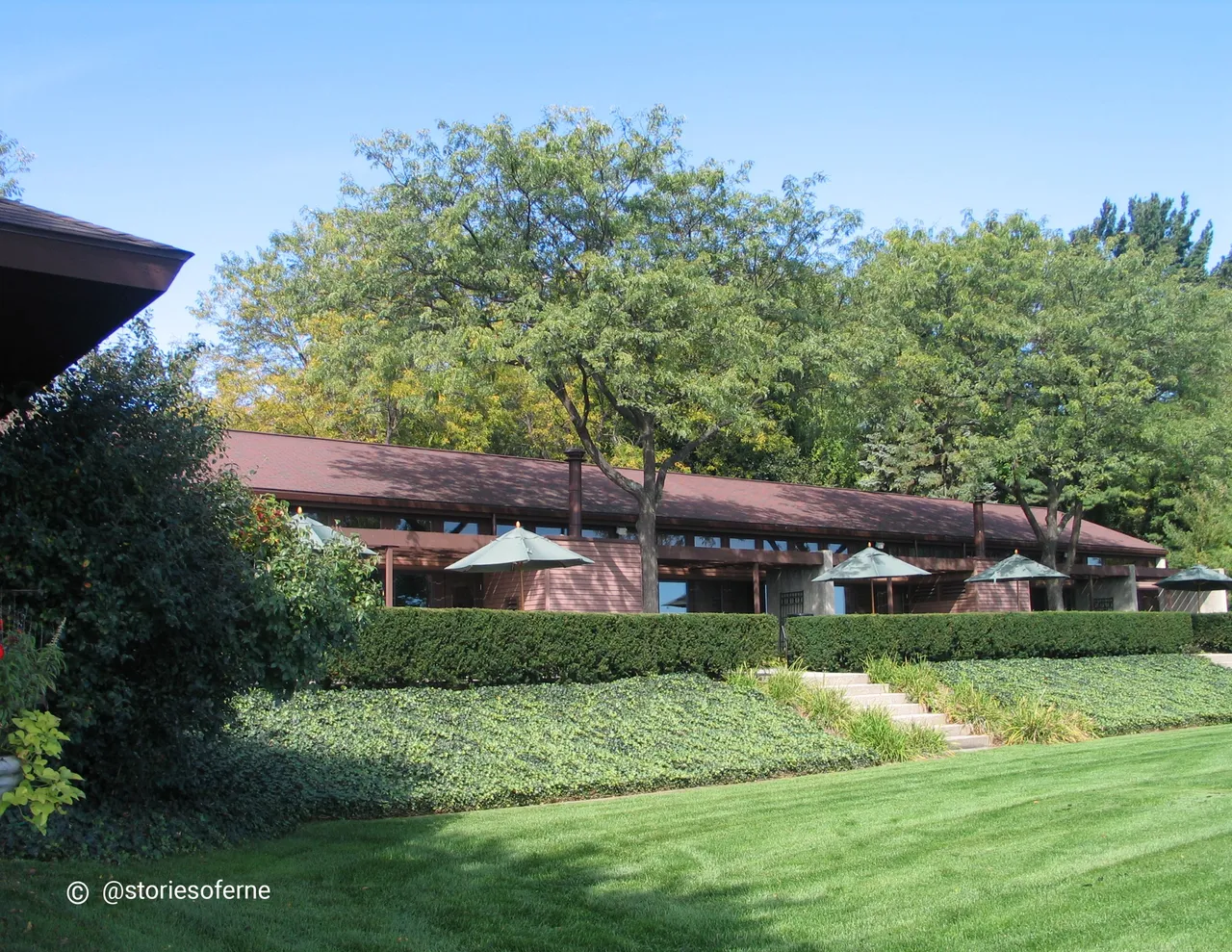
SUPPORT INITIATIVES ON CLIMATE PROGRESS. Again, it's crucial for architects, designers, and other concerned citizens who truly care for their environment, to create awareness plus enforce programs to stop global warming and the further deterioration of our planet. There are dozens of movements specializing in this cause so, take that important step forward.
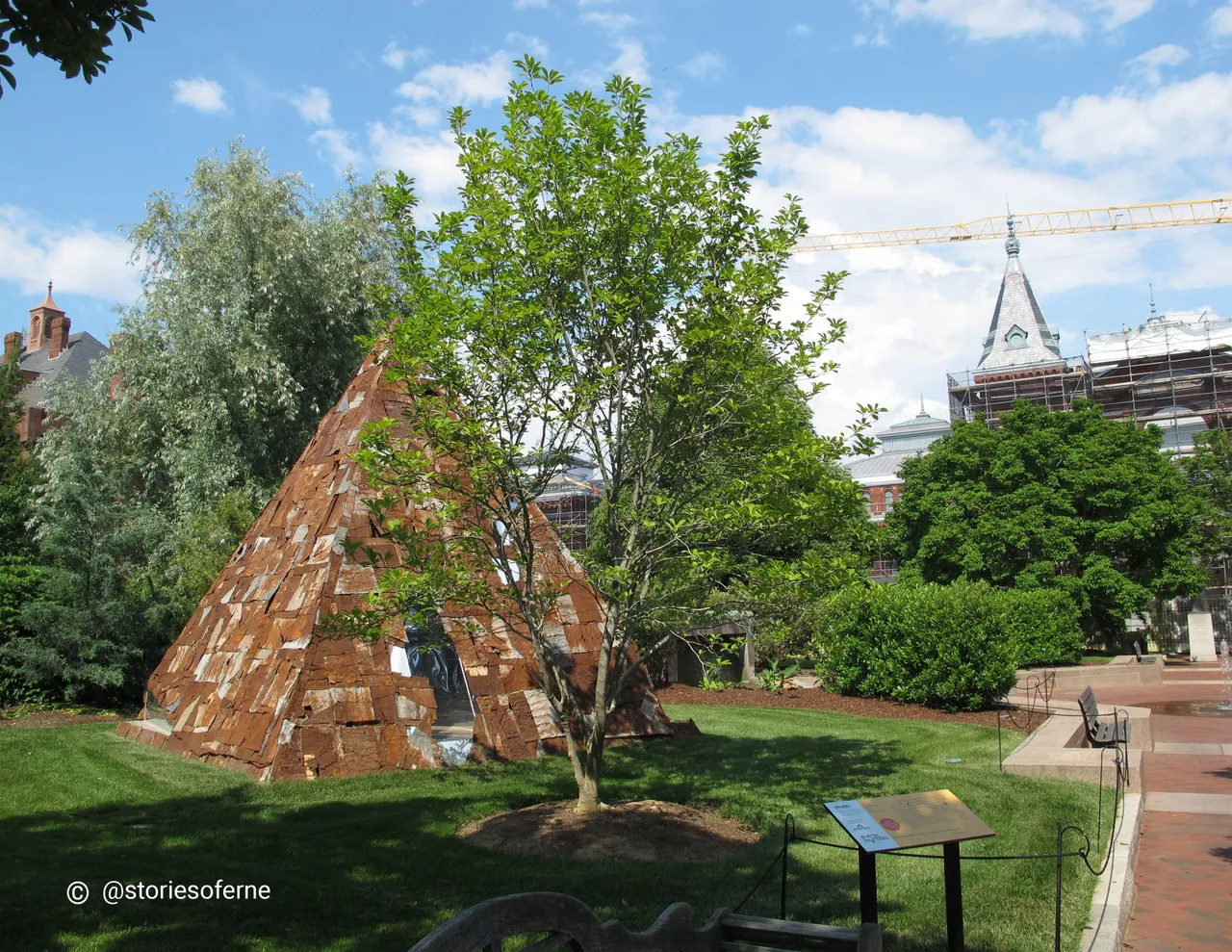
There you have it - an essential list of what you can do to boost our environment for countless generations to come. In fact, those courses of action are practically doable and have been proven to be effective. Start applying them today.
Stewards of the Environment
In my opinion, architecture will become beneficial to the environment ONLY IF it follows the valuable measures that we've covered in this publication. I firmly stand to support my claim not because I'm a practicing architect but for the valid reason of accomplishing my social duty as a responsible citizen of Mother Earth. What about you?
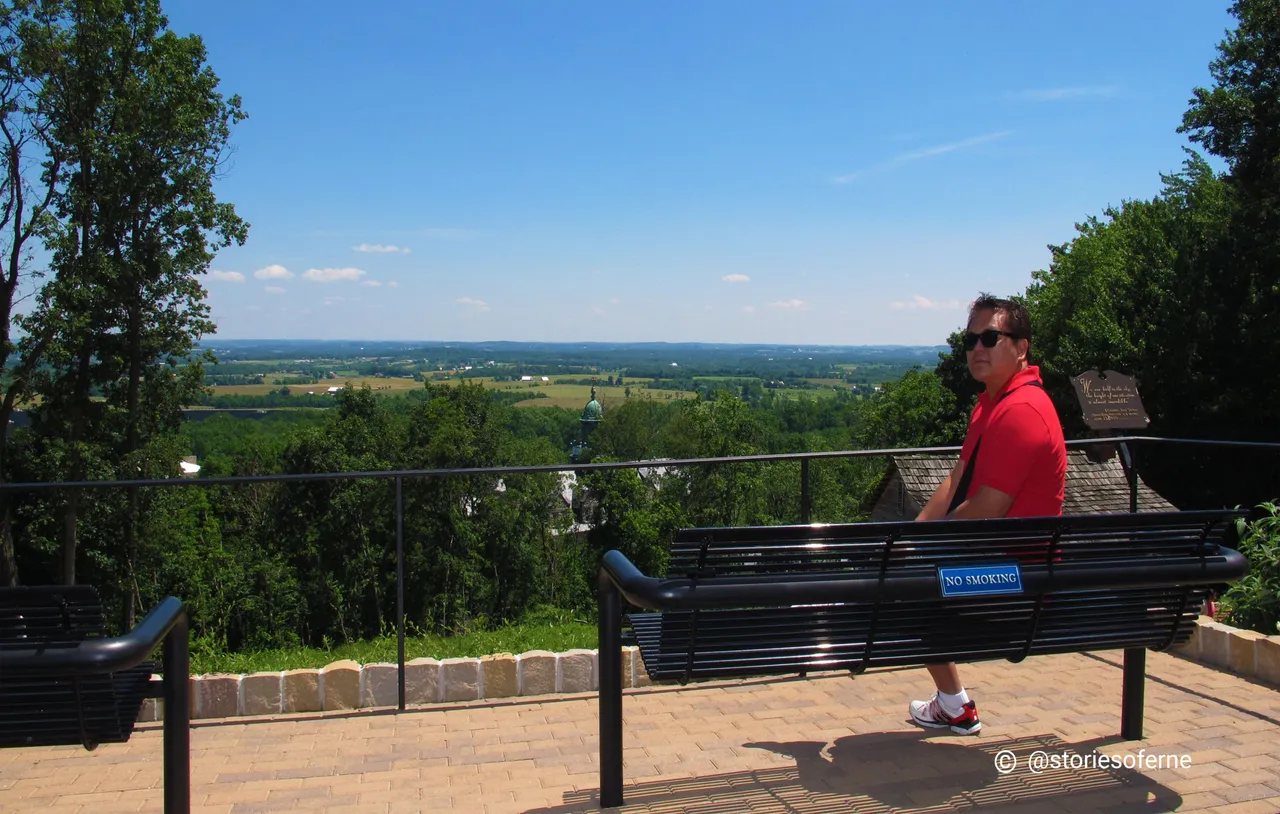
As with other byproducts of our human imagination, architecture is certainly not a perfect discipline. And only time will tell whether or not we, as an evolutionary species, would harvest the fruits of our various solutions. Governments, private entities, and individual ventures have been continuously battling the odds to correct discrepancies before it's too late.
Therefore, while you still have the chance to improve the world's current state, do yourself a big favor by upholding your stewardship for the environment. You do not only enhance your surroundings but also, transform your life for the best in the long run.
There's no place like home.
#Hive, what's your honest judgment? I'm truly interested in your feedback. Let's talk about your ideas in the comments.


